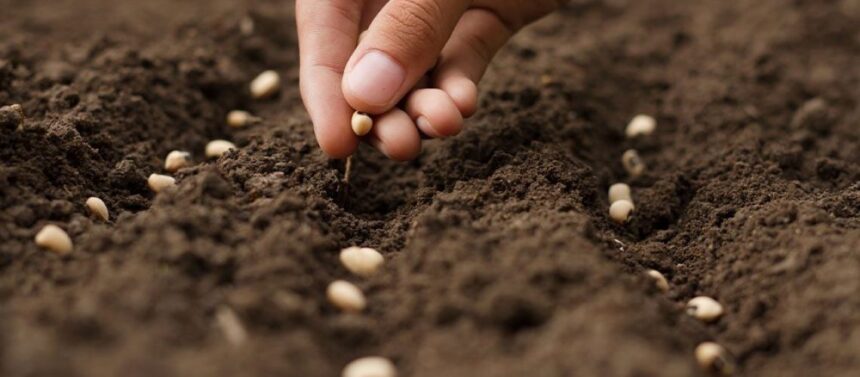Direct seeding, also known as zero tillage or no-till farming, is an innovative agricultural practice that involves sowing seeds directly into the soil without the need for prior tillage. This method has gained popularity among South African farmers for its numerous benefits, including improved soil health, reduced erosion, and increased crop yields. Here’s what you need to know about direct seeding and how to implement it effectively on your farm.
1. Understanding Direct Seeding
Direct seeding involves planting seeds directly into undisturbed soil, using specialized machinery designed to create a narrow furrow or slot for the seeds. This technique helps preserve soil structure, moisture, and nutrients while minimizing disturbance to the soil ecosystem.
2. Benefits of Direct Seeding
- Soil Health Improvement: By reducing soil disturbance, direct seeding helps maintain soil structure and fertility. It encourages the growth of beneficial microorganisms and earthworms, which enhance soil health.
- Water Conservation: Direct seeding improves water retention by reducing evaporation and runoff. This is particularly beneficial in South Africa, where water scarcity is a significant concern.
- Erosion Control: The practice minimizes soil erosion by maintaining ground cover and protecting the soil surface from wind and water erosion.
- Cost Efficiency: Reduced tillage translates to lower fuel and labor costs, making direct seeding a more economical choice for farmers.
3. Selecting the Right Equipment
To implement direct seeding successfully, farmers need specialized equipment, such as no-till seed drills or direct seeding machines. These tools are designed to penetrate the soil and place seeds accurately while minimizing disturbance. Consider investing in high-quality equipment that suits your specific soil type and crop requirements.
4. Choosing Suitable Crops
While many crops can be direct-seeded, some varieties perform better than others. Grains, legumes, and certain oilseeds are commonly direct-seeded with success. It’s essential to select crop varieties that are well-adapted to your local climate and soil conditions to maximize yields.
5. Soil Preparation and Management
Although direct seeding requires less soil preparation than traditional methods, some initial soil management is essential. Farmers should assess soil compaction, organic matter content, and nutrient levels before planting. Incorporating cover crops and organic amendments can improve soil structure and fertility over time.
6. Implementing Crop Rotation
Crop rotation is crucial for sustainable direct seeding. Rotating different crop families helps break pest and disease cycles, enhances soil fertility, and improves overall biodiversity. Plan a rotation schedule that includes a mix of legumes and cereals to maximize soil health.
7. Managing Weeds and Pests
Weed management is a significant consideration in direct seeding systems. Farmers may need to adjust their weed control strategies, as reduced tillage can lead to increased weed competition. Using cover crops, mulching, and targeted herbicides can help manage weeds effectively while protecting the soil.
8. Monitoring Soil Moisture
Direct seeding relies on proper soil moisture management. Farmers should monitor soil moisture levels regularly, especially during critical growth stages. Utilizing moisture sensors and irrigation systems can help optimize water usage and ensure healthy crop development.
9. Educating Yourself and Your Team
Transitioning to direct seeding requires knowledge and training. Farmers should seek resources, workshops, and training programs focused on direct seeding practices. Engaging with agricultural extension services and local farming organizations can provide valuable insights and support.
10. Evaluating Results and Making Adjustments
As with any agricultural practice, continuous evaluation is essential for success. Monitor crop performance, soil health, and overall yields to assess the effectiveness of direct seeding. Be prepared to make adjustments based on your observations and experiences to optimize the process.
Direct seeding presents a sustainable and efficient farming method that can benefit South African farmers by improving soil health, conserving water, and reducing costs. By understanding the principles of direct seeding and implementing best practices, farmers can enhance their productivity while contributing to environmental conservation. As global agricultural practices continue to evolve, embracing innovative methods like direct seeding will be key to ensuring the long-term sustainability and profitability of farming in South Africa.
Join 'Farmers Mag' WhatsApp Channel
Get the latest Farming news and tips delivered straight to your WhatsApp
CLICK HERE TO JOIN






